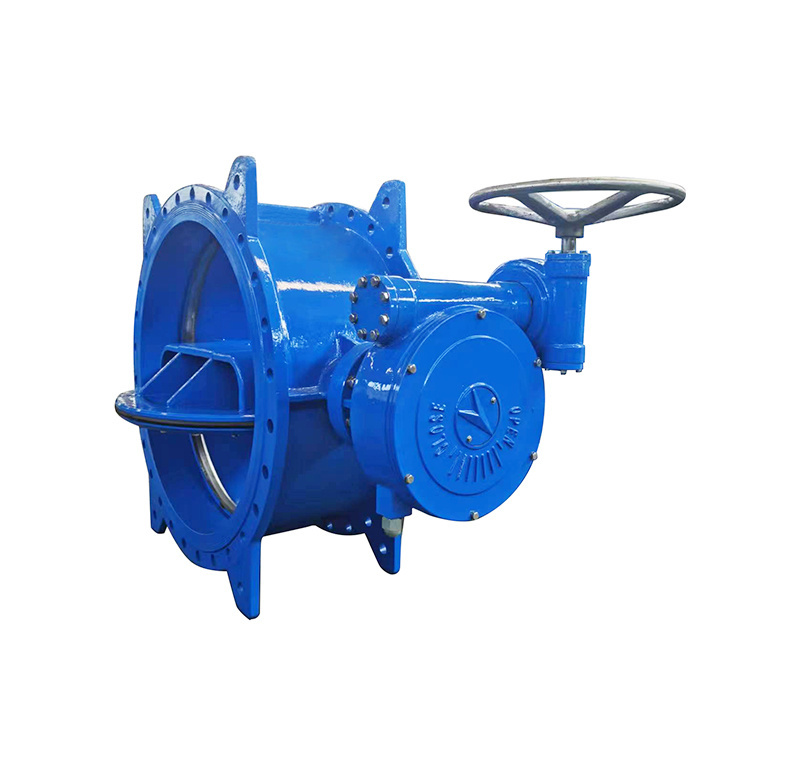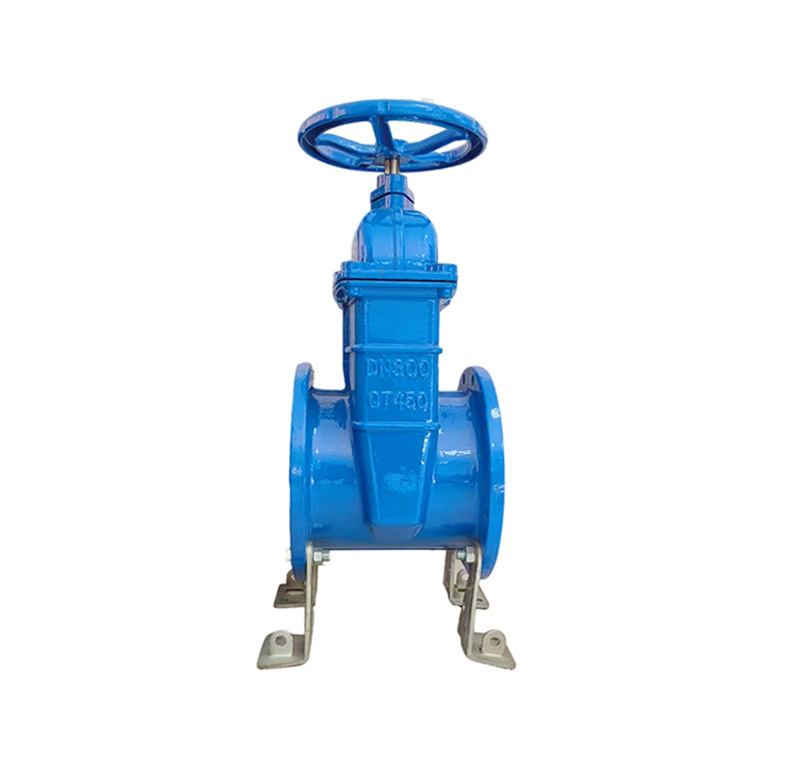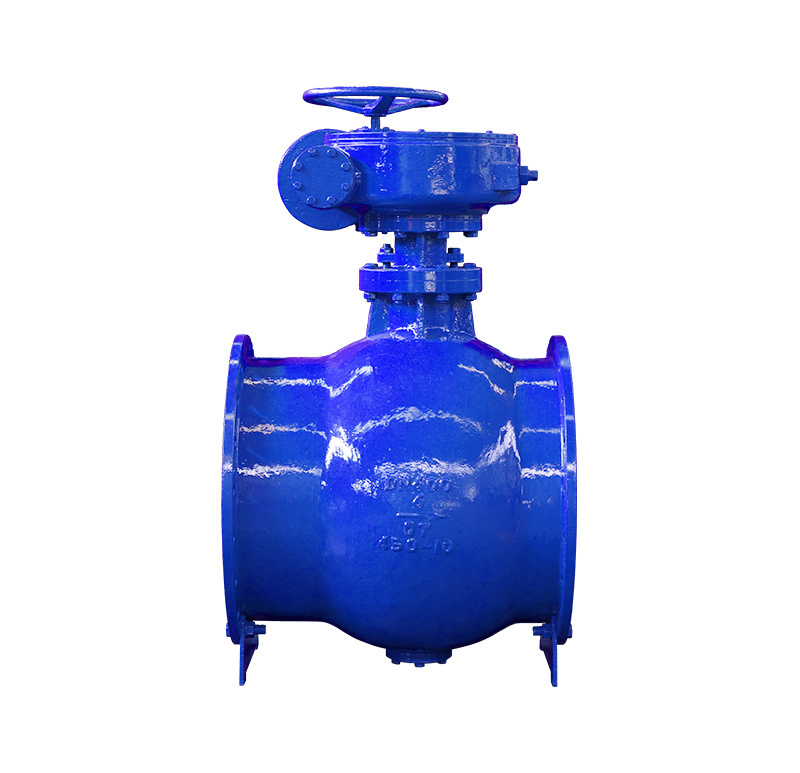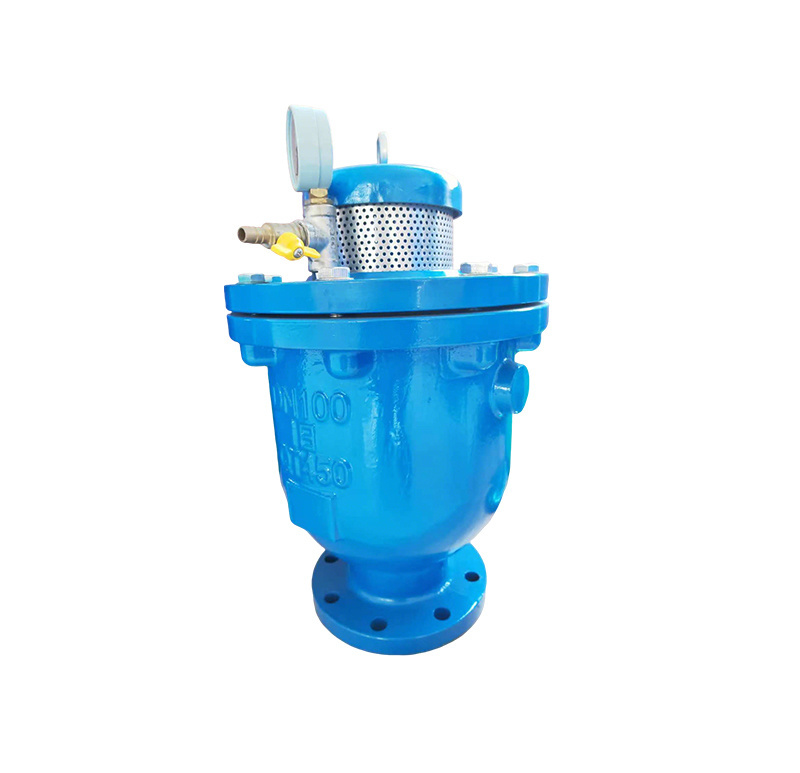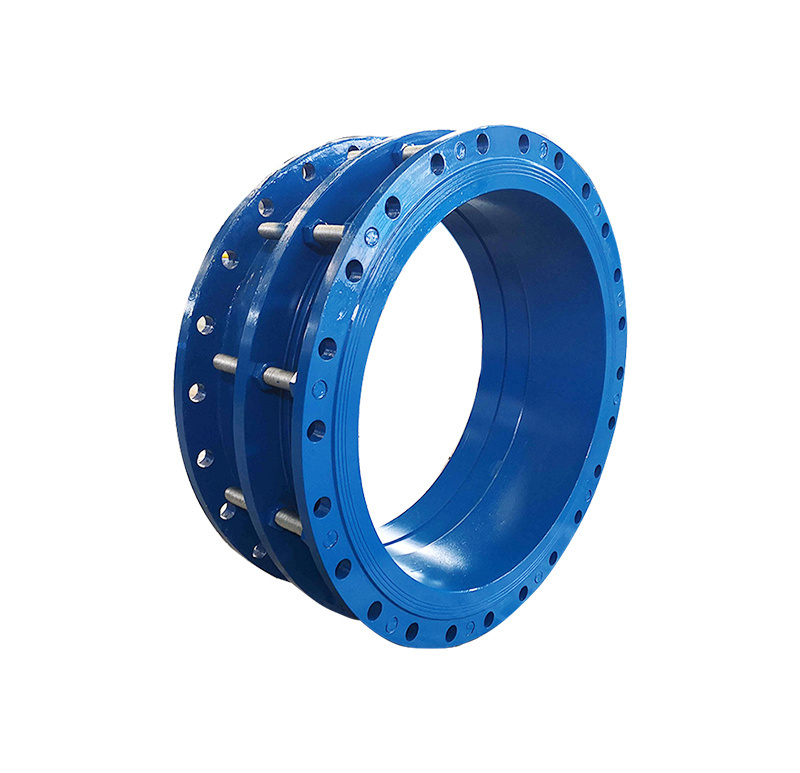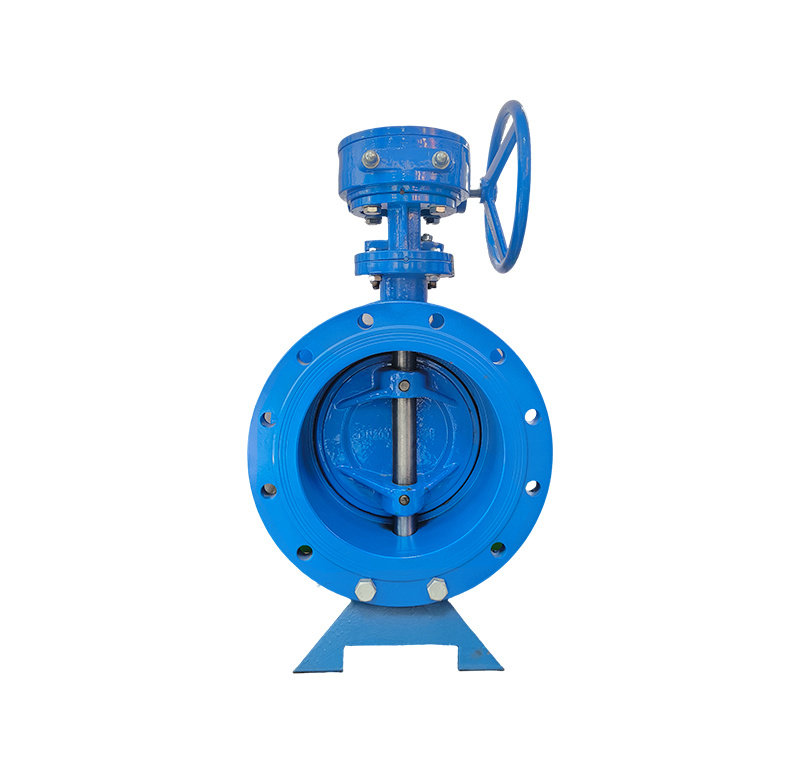Introduction to the structural characteristics of parallel gate valves and wedge gate valves
Gate valve refers to a valve whose closing element (gate) moves vertically along the centerline of the passage. Gate valves are mainly used for cutting off in pipelines.
According to the sealing surface configuration, wedge gate valves can be divided into wedge gate valves and parallel gate valves. Wedge gate valves can also be divided into single gate plate, double gate plate, and elastic gate plate types; Parallel gate valves can be divided into single gate plate and double gate plate.
1) Parallel gate valve: a gate valve whose sealing surface is parallel to the vertical centerline, meaning that the two sealing surfaces are parallel to each other. In parallel gate valves, structures with thrust wedges are commonly used, with double-sided thrust wedges between the two gate plates. This type of gate valve is suitable for low-pressure small and medium-sized (DN40-300mm) gate valves. There are also springs between the two gate plates, which can generate preload force and facilitate the sealing of the gate plates.
2) Wedge gate valve: A gate valve with a sealing surface at a certain angle to the vertical centerline, where the two sealing surfaces form a wedge shape. The inclination angle of the sealing surface generally includes 2 ° 52 ′, 3 ° 30 ′, 5 °, 8 °, 10 °, etc. The size of the angle mainly depends on the temperature of the medium. The higher the working temperature, the larger the angle should be taken to reduce the possibility of wedging during temperature changes. In wedge gate valves, there are single gate valves, double gate valves, and elastic gate valves. Single gate wedge gate valve has a simple structure and reliable use, but it requires high accuracy in the sealing surface angle, making it difficult to process and maintain. There is a high possibility of wedging when the temperature changes. Double gate wedge gate valves are commonly used in water and steam medium pipelines. Its advantages are: lower precision requirements for the sealing surface angle, less risk of wedging caused by temperature changes, and the ability to compensate with gaskets when the sealing surface wears out. But this type of structural component has many parts and is prone to sticking in viscous media, affecting sealing. More importantly, the upper and lower baffles are prone to rust and the gate is prone to detachment after long-term use. Elastic gate wedge gate valve has the advantages of simple structure and easy use of single gate wedge gate valve. It can also generate trace elastic deformation to compensate for the deviation of sealing surface angle during processing, improve processability, and has been widely adopted.









